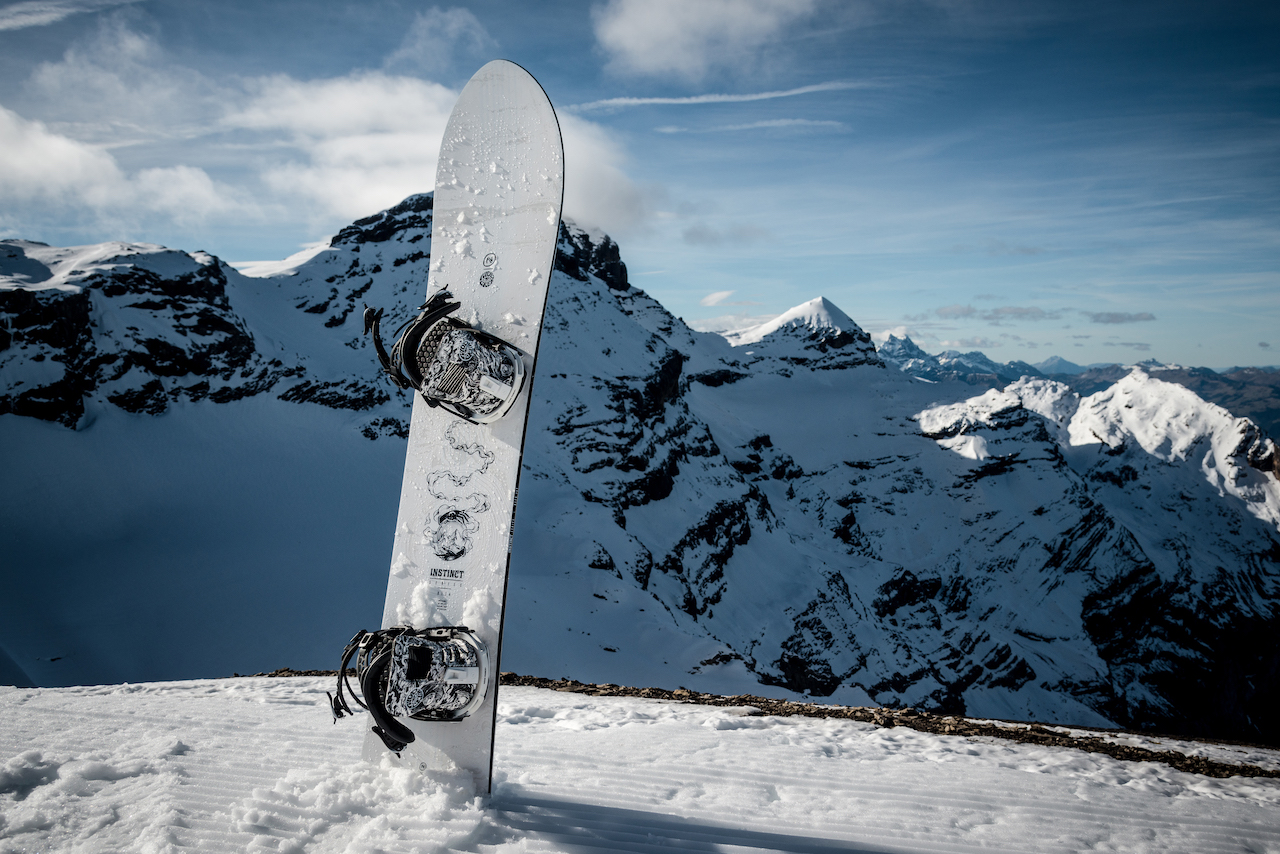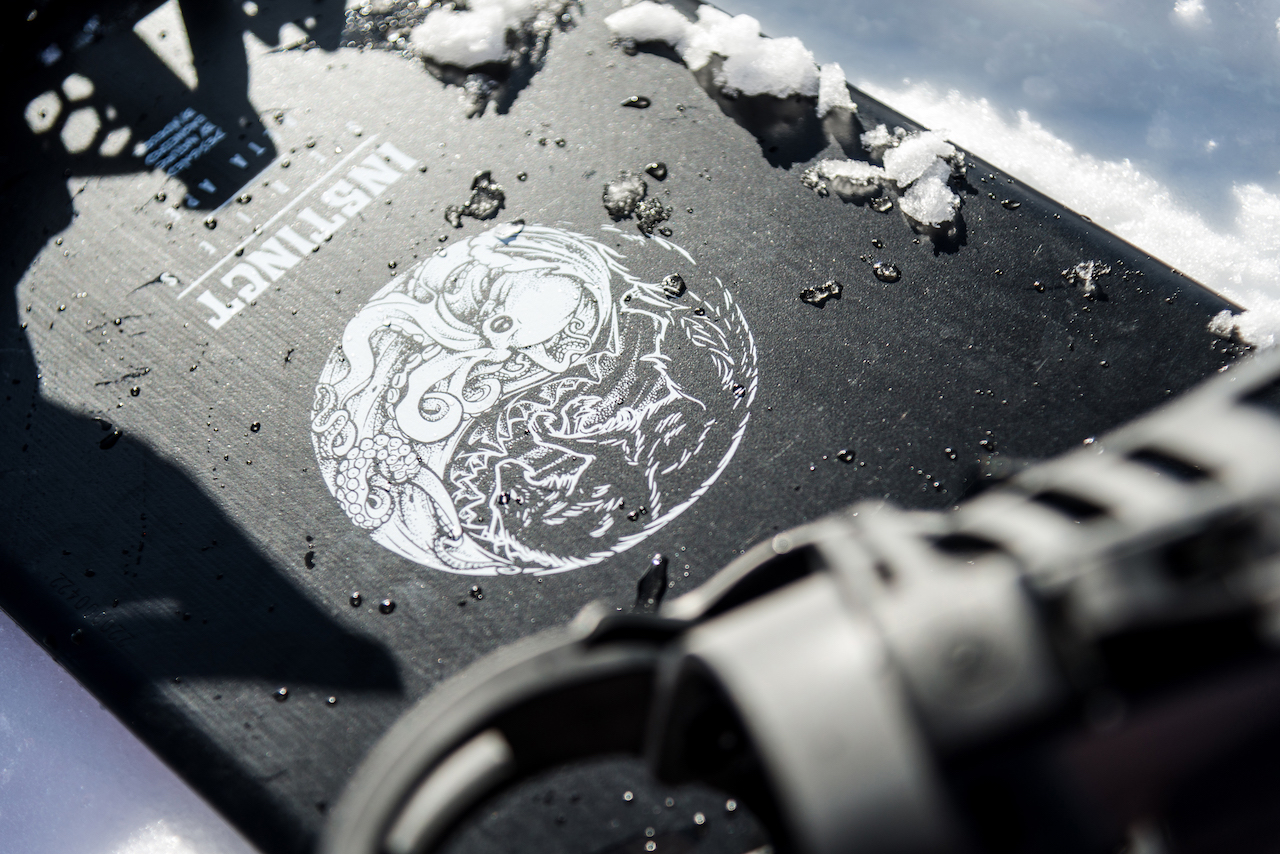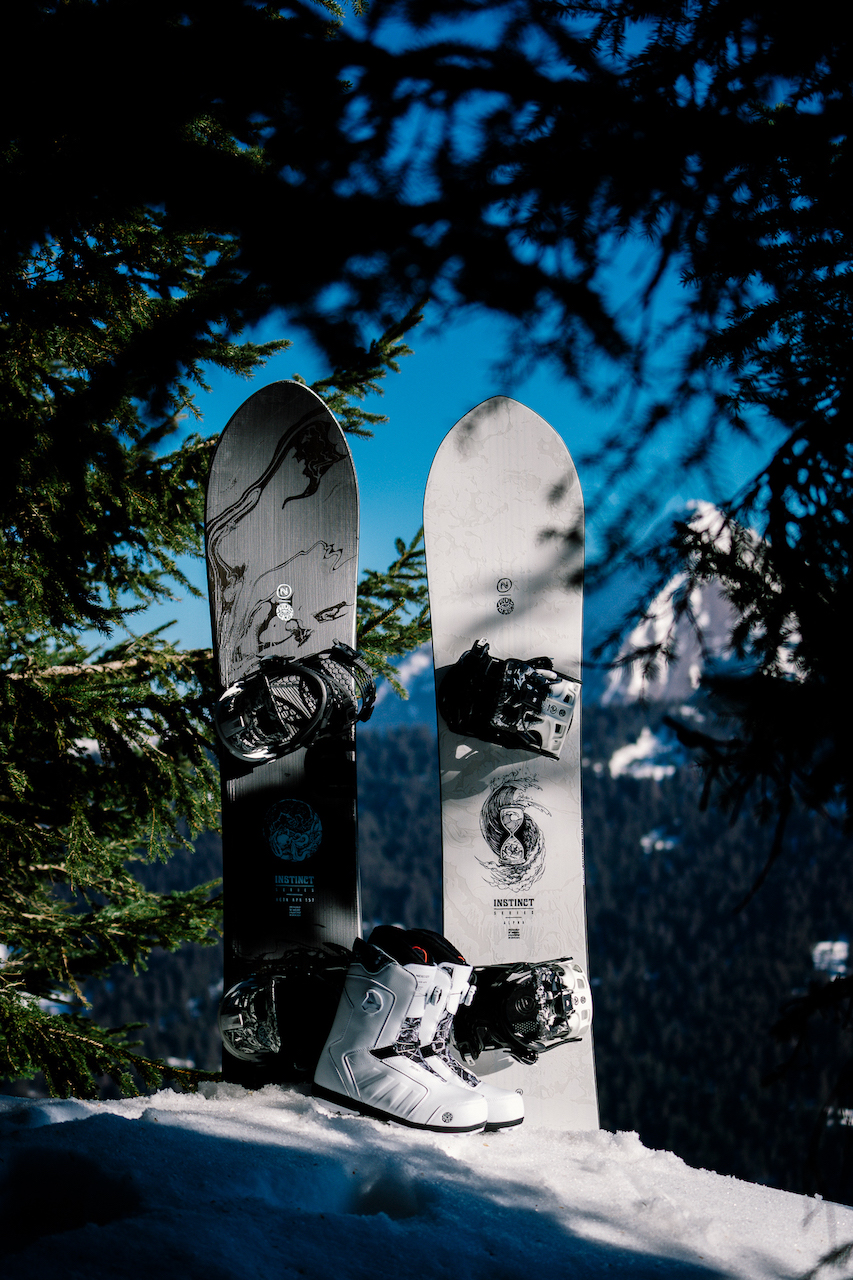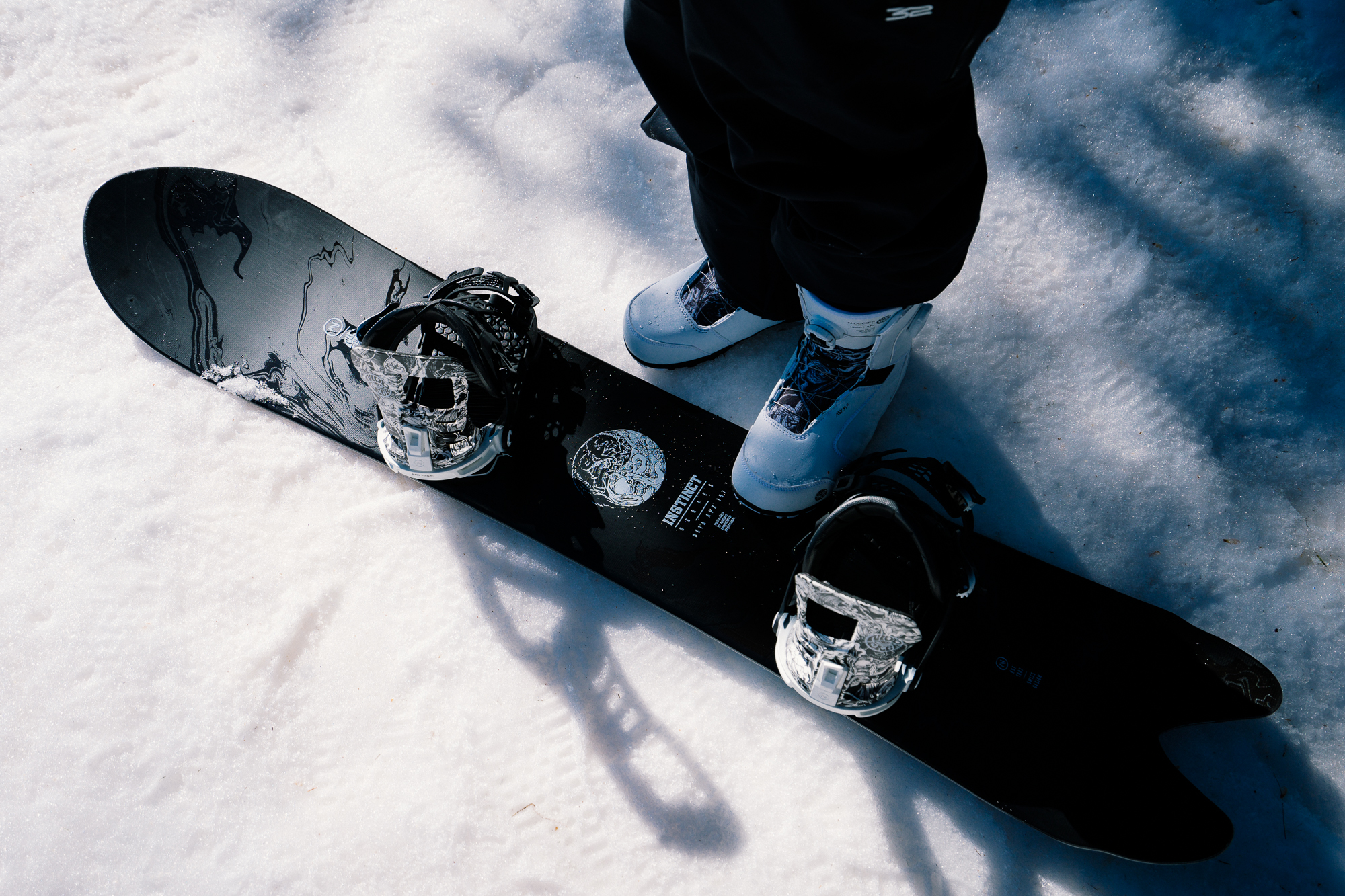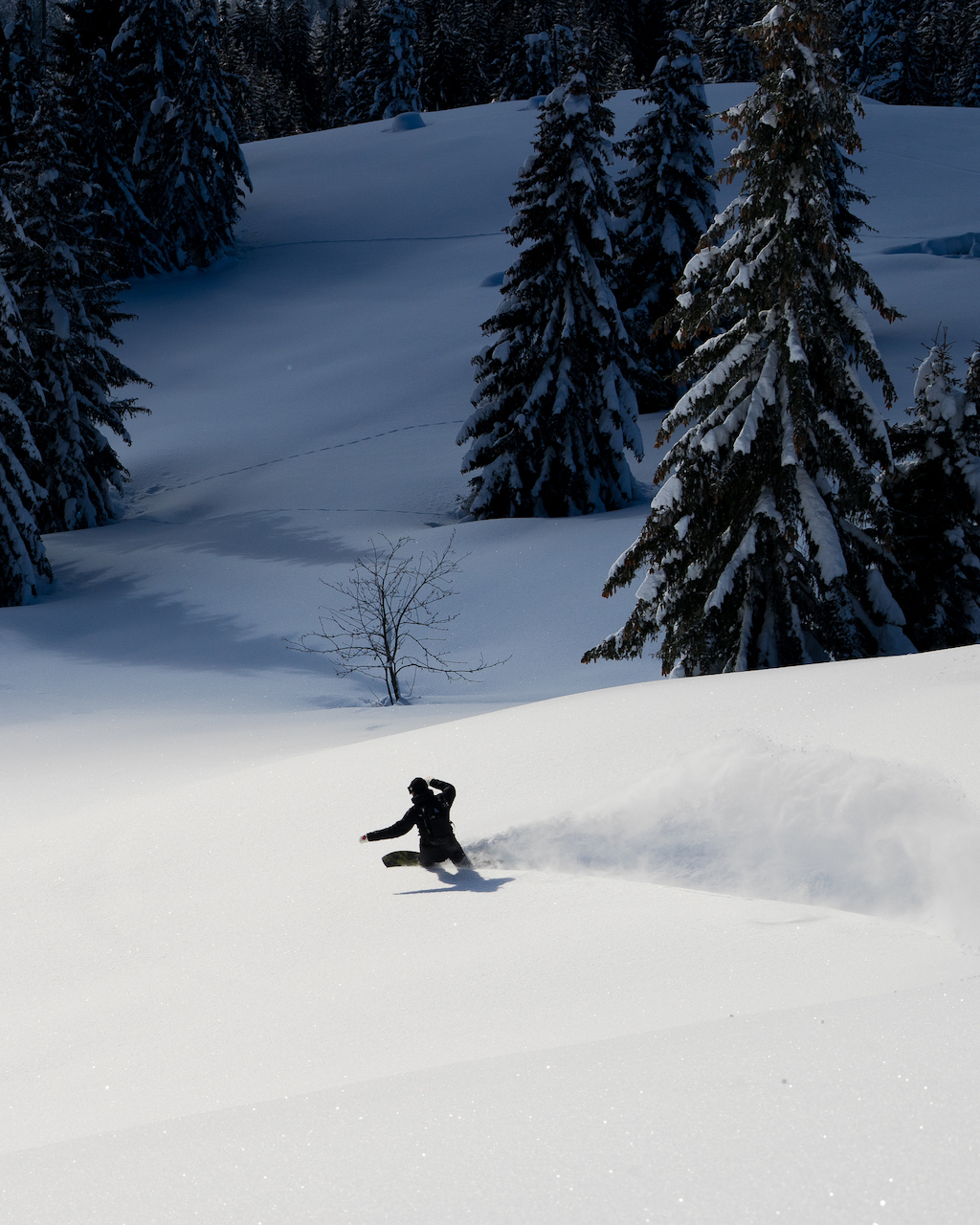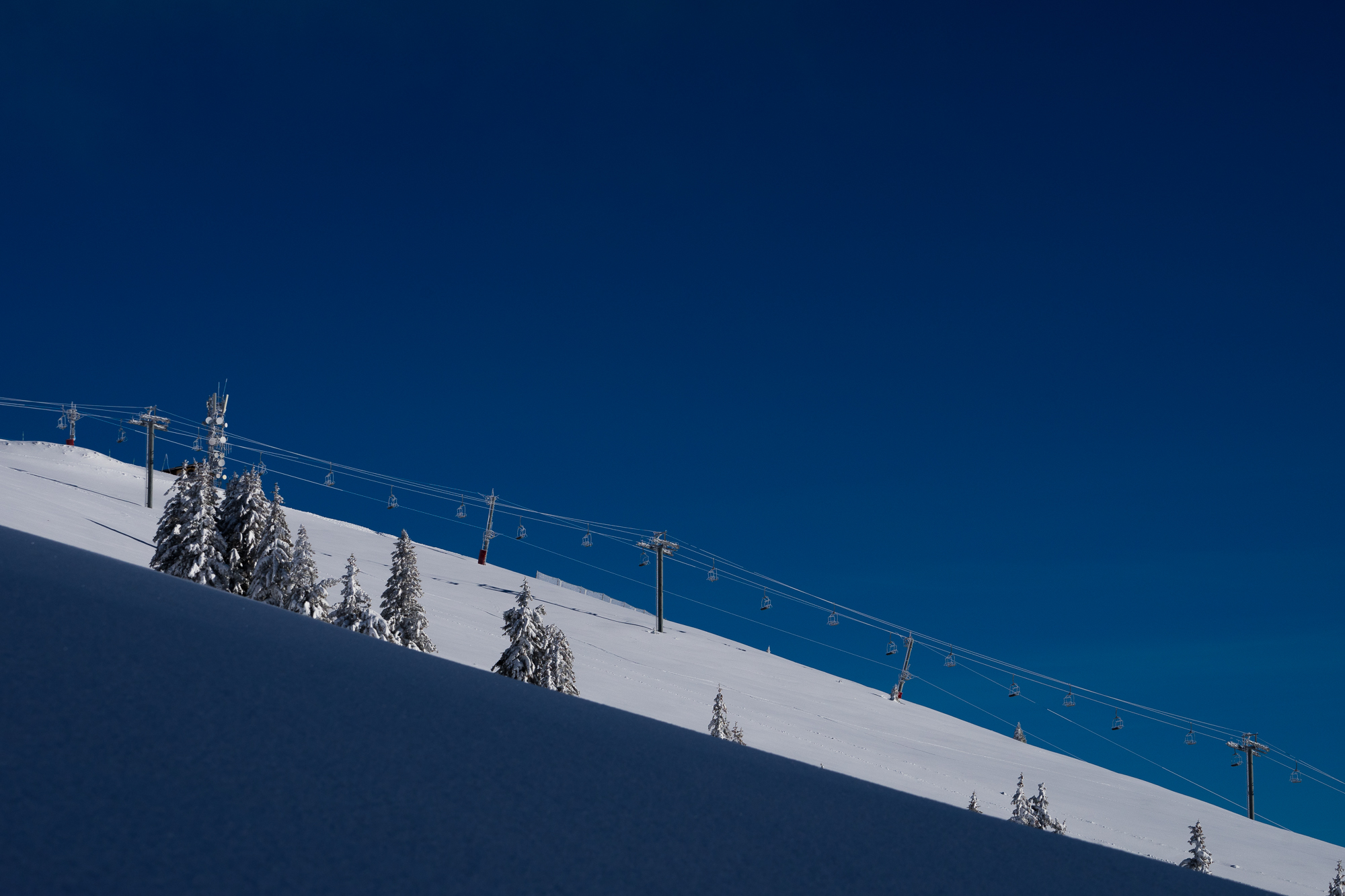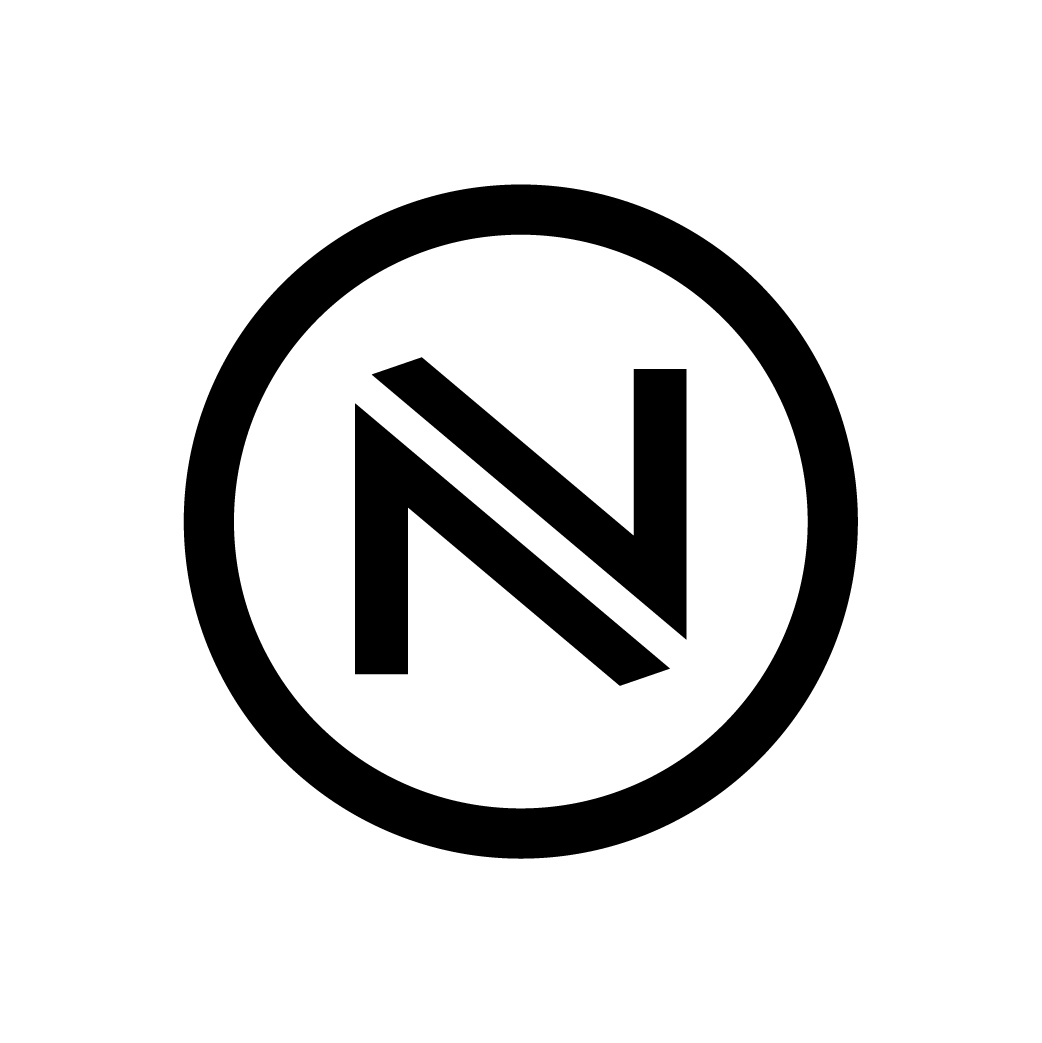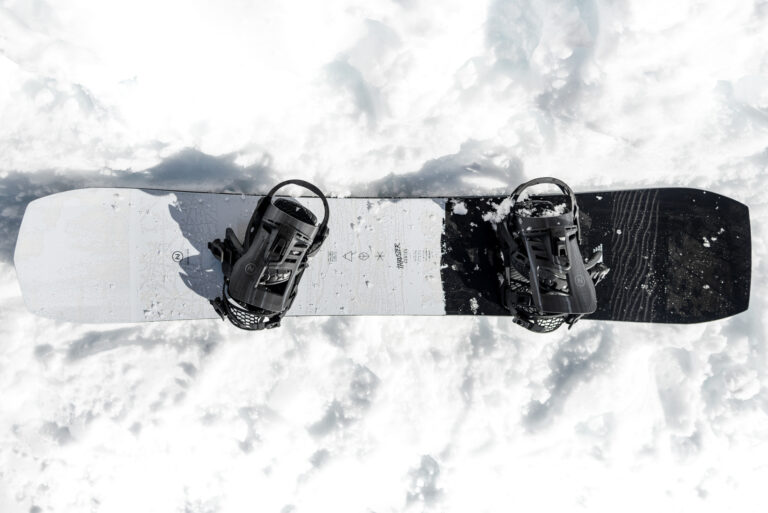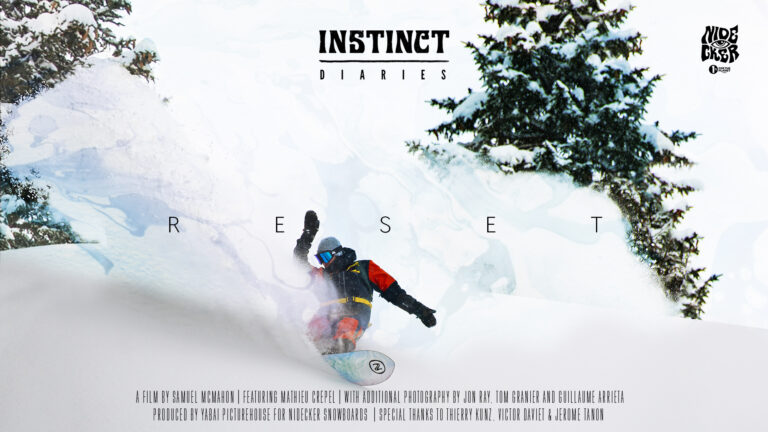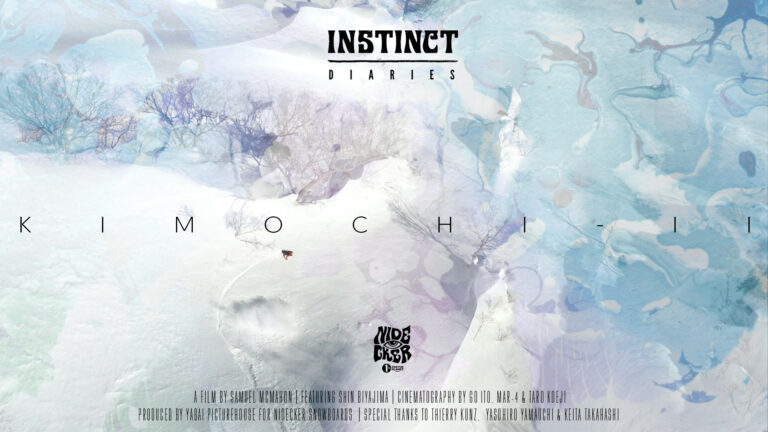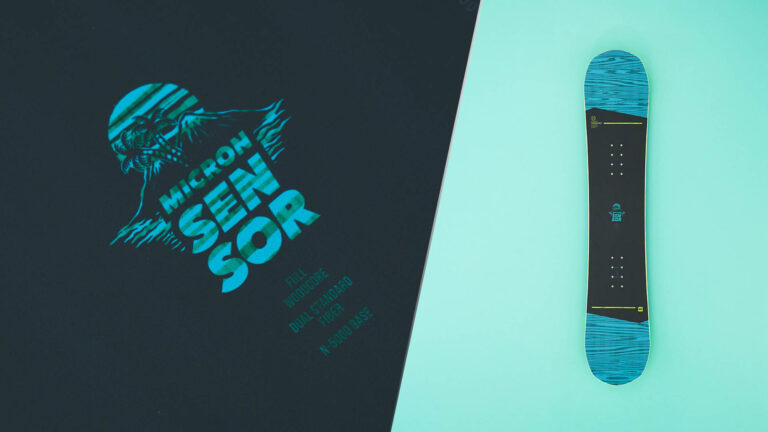As the saying goes, there’s working hard and there’s working smart. Humans are an industrious lot, for better or worse – but for all the clever grey matter on display, much of what’s been achieved was accomplished by copying the homework of our old frenemy, the natural world.
“As the saying goes, there’s working hard and there’s working smart”
Over the years we’ve cribbed ideas, techniques and properties from cats (reflective road markings), dogs (no comment) and much, much more. It’s not just animals, of course – ever used Velcro? You have the burdock plant, and the way its seeds clung to the woolen garments of George de Mestral, to thank.
With almost nine million species of flora and fauna out there waiting to be plagiarised, that’s plenty more where that came from. That’s certainly what the folks at Nidecker are counting on; two new snowboards for 2021/22 signal their intent to go full Attenborough in search of the perfect snowboards.
“I have always been curious by nature and intrigued by the source of inspiration for certain discoveries in aviation or other forms of transport,” says Nidecker’s Thierry Kunz. His business card says ‘Brand Lead’, but that’s not the half of it. Thanks to a proven track record of pushing the boundaries of snowboard shaping, he’s one of the few working behind the scenes whose name is visible on the shop floor.

